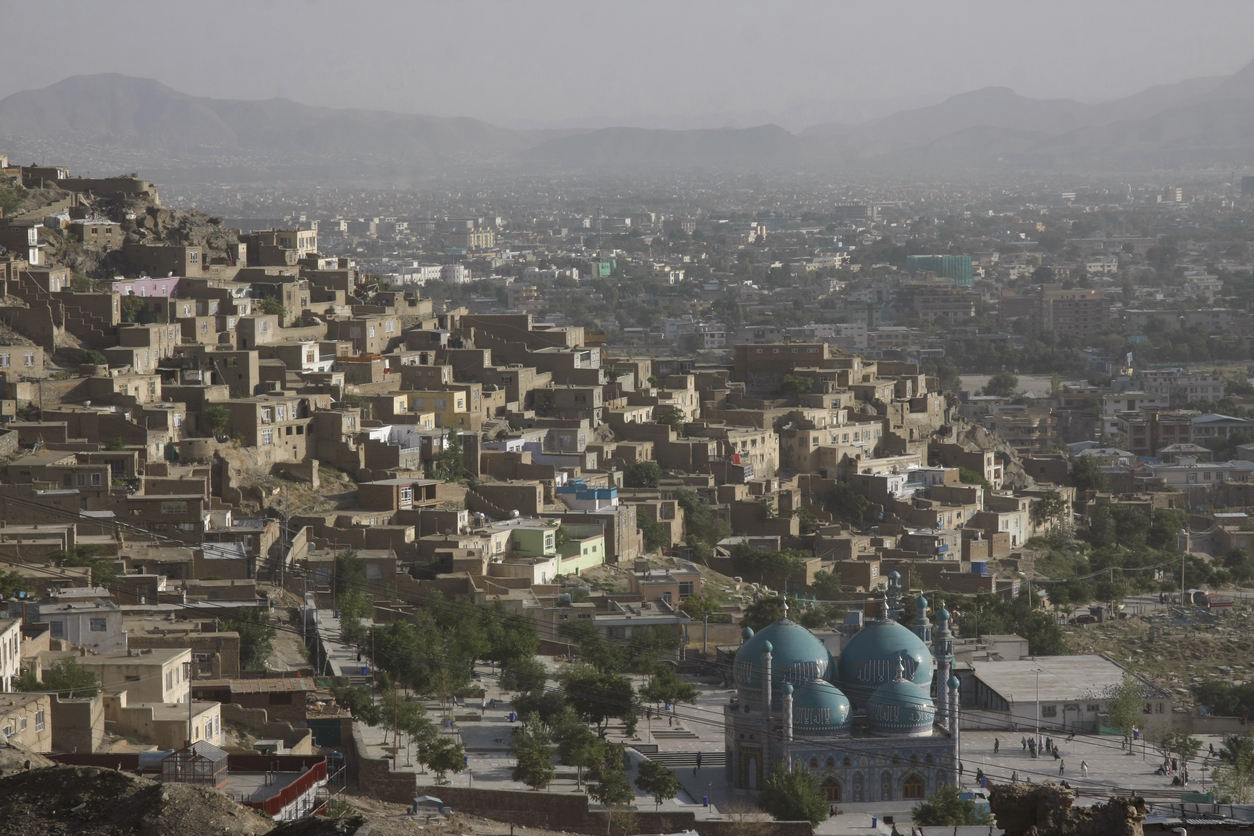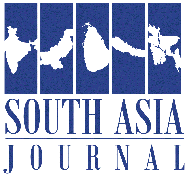
The popular notion that Afghanistan is the “graveyard of empires” rests on the premise that it single-handedly defeated global superpowers — first the Soviet Union in 1989 and then the United States in 2021. This narrative has become embedded in regional discourse, symbolizing Afghan resilience and national pride. However, a closer examination of history reveals that such a characterization is misleading. Far from being solitary triumphs of Afghan resistance, both cases were deeply rooted in international geopolitics, external interventions, and internal political failings. Romanticizing these events as purely indigenous victories obscures not only historical complexity but also hinders rational policymaking in the region’s future.
The Soviet invasion of Afghanistan in 1979 and its eventual withdrawal in 1989 is often cited as a textbook example of an imperial power brought to its knees by guerrilla warfare. Yet, the Soviet retreat cannot be fully understood without acknowledging the massive and sustained support funneled to the Mujahideen by a global coalition. The United States, Pakistan, Saudi Arabia, and China played pivotal roles in orchestrating one of the largest covert operations of the Cold War. The CIA’s Operation Cyclone, run through Pakistan’s Inter-Services Intelligence (ISI), provided money, weapons, and training to various Afghan resistance groups. Saudi Arabia matched US funding dollar for dollar, and China supplied arms and logistical support.
Thus, the resistance was neither spontaneous nor self-sustained. It was a proxy war, one that allowed the Mujahideen to maintain operational capacity far beyond what could have been achieved independently. The collapse of the Soviet-backed People’s Democratic Party of Afghanistan (PDPA) regime in 1992 came three years after the Soviet withdrawal and was more a result of internal discord and the withdrawal of external support than of battlefield defeat.
Similarly, the U.S. withdrawal in 2021 did not represent a clear-cut military defeat. The U.S. and its NATO allies maintained control over most Afghan cities, airspace, and military infrastructure until their departure. The decision to leave stemmed from strategic fatigue, shifting global priorities, and domestic political pressures in Washington. The Doha Agreement signed in 2020 between the U.S. and the Taliban was more a political settlement than a concession of military failure. The rapid collapse of the Afghan Republic in 2021 was emblematic of internal political fragmentation, poor governance, and lack of national cohesion rather than the military might of the Taliban alone.
In both cases — the Soviet and the American withdrawals — the role of external powers in sustaining resistance movements is critical. The Mujahideen of the 1980s were sustained by foreign intelligence and money. The Taliban’s resurgence was likewise facilitated by safe havens in Pakistan, financing from illicit economies, and tactical patience encouraged by the perceived inconsistency of U.S. long-term commitments. Afghan resistance has always been entangled with broader geopolitical dynamics, from the Anglo-Afghan Wars of the 19th century to the Cold War and the War on Terror.
It is also important to acknowledge the costs that accompanied these so-called “victories.” Each foreign retreat left Afghanistan in a state of devastation. After the Soviet withdrawal, the country descended into a brutal civil war, culminating in the rise of the Taliban in the 1990s. After the U.S. exit, the hasty and chaotic collapse of the Afghan Republic led to a humanitarian crisis and political vacuum. Both episodes demonstrate that external withdrawal did not translate into national stability or sovereignty. Instead, they ushered in new forms of dependency and internal chaos.
The narrative of a heroic, lone Afghan resistance obscures the strategic use of foreign alliances by Afghan groups throughout history. During the Anglo-Afghan Wars — in 1839, 1878, and 1919 — Afghan resistance leaders often sought support from rival empires such as the Russians or Persians, depending on who could offer a better advantage. These were not acts of isolated valor but strategic moves embedded in the geopolitics of their time. The so-called “graveyard of empires” myth, while rhetorically potent, does not hold up to empirical scrutiny. This myth also fosters a dangerous exceptionalism that can stall future regional cooperation. Believing that Afghanistan has historically defeated foreign powers on its own may feed unrealistic expectations of self-reliance in a deeply interconnected and interdependent world.
In conclusion, the idea that Afghanistan has single-handedly defeated superpowers is more myth than reality. While Afghan resilience is undeniable, it was magnified and sustained through extensive foreign support and intervention. The collapses that followed foreign withdrawals were due more to internal weaknesses than to resistance triumphs. To move forward, regional actors and Afghans themselves must adopt a realistic view of history, shedding myths that glorify isolation and embracing the complexities of strategic interdependence. Only then can the lessons of the past be truly instructive for the future.
